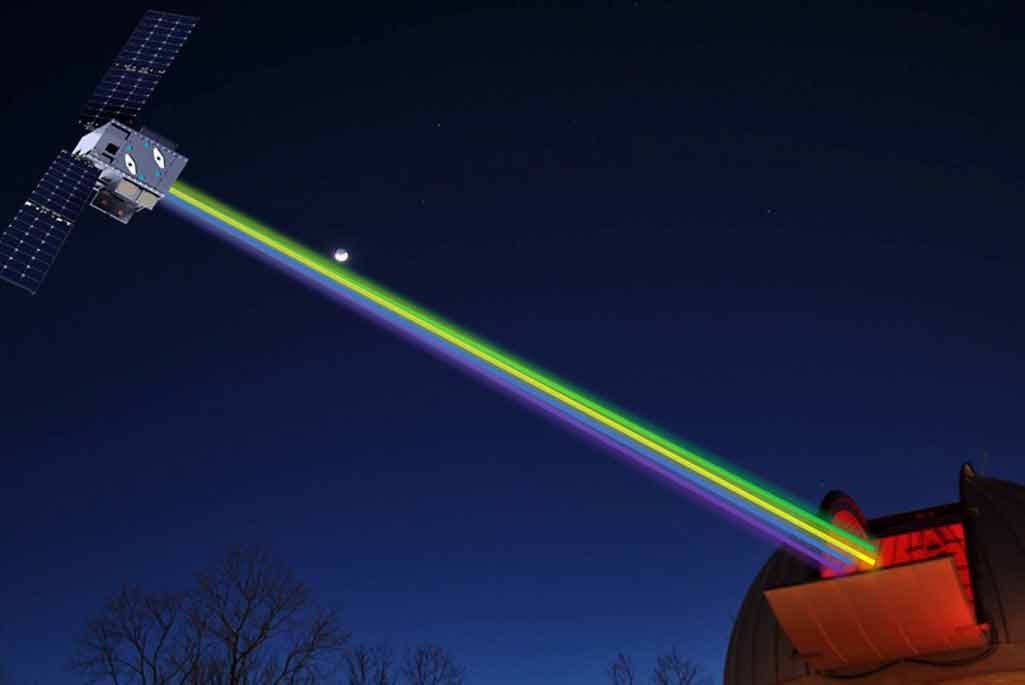Adapted from a news release by George Mason University.
The new Landolt NASA Space Mission will put an artificial “star” in orbit around the Earth, allowing scientists to calibrate telescopes and more accurately measure the brightness of stars ranging from those nearby to the distant explosions of supernovae in far-off galaxies. By establishing absolute flux calibration, the mission will begin to address several open challenges in astrophysics including the speed and acceleration of the universe’s expansion.
The mission will be based at George Mason University’s Fairfax Campus, and the team also includes Blue Canyon Technologies; California Institute of Technology; Mississippi State University; Montreal Planetarium and iREx/University of Montreal; the University of Florida; the University of Hawaiʻi; the University of Minnesota, Duluth; and the University of Victoria.
Greg Aldering, a scientist in Berkeley Lab’s Physics Division, will serve on the Landolt science team to ensure that it is designed and performs as needed for precision cosmology measurements. Once the Landolt satellite is in orbit, Aldering and his team plan to observe the calibrated light from Landolt with ground-based instruments, including the SuperNova Integral Field Spectrograph (SNIFS) in Hawaii, built in part by Berkeley Lab, and the Vera C. Rubin Observatory in Chile, equipped with a 3.2 billion pixel camera built by DOE.
Read the full press release:
George Mason University announces its first NASA Space Mission which seeks to uncover the secrets of dark energy
June 10, 2024 / George Mason University News
